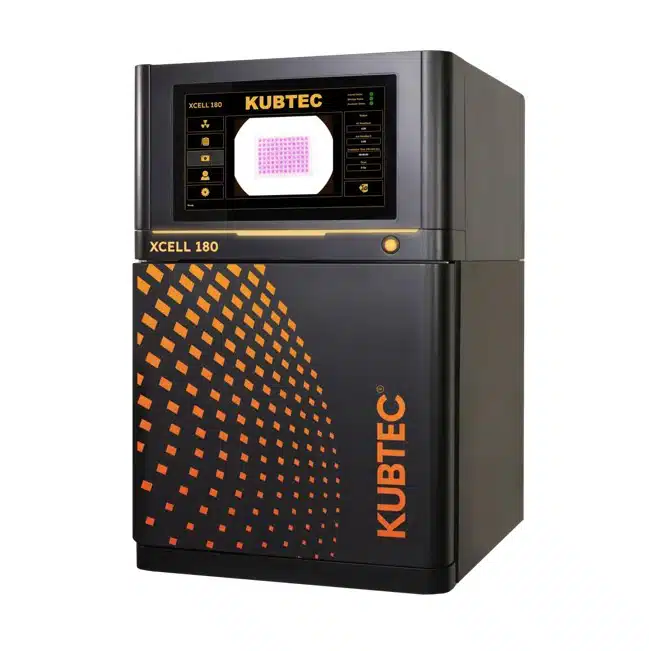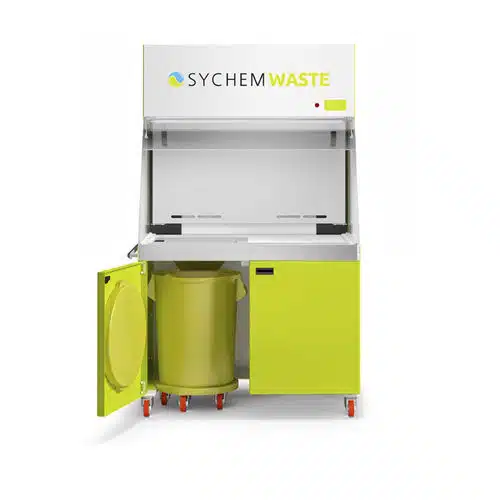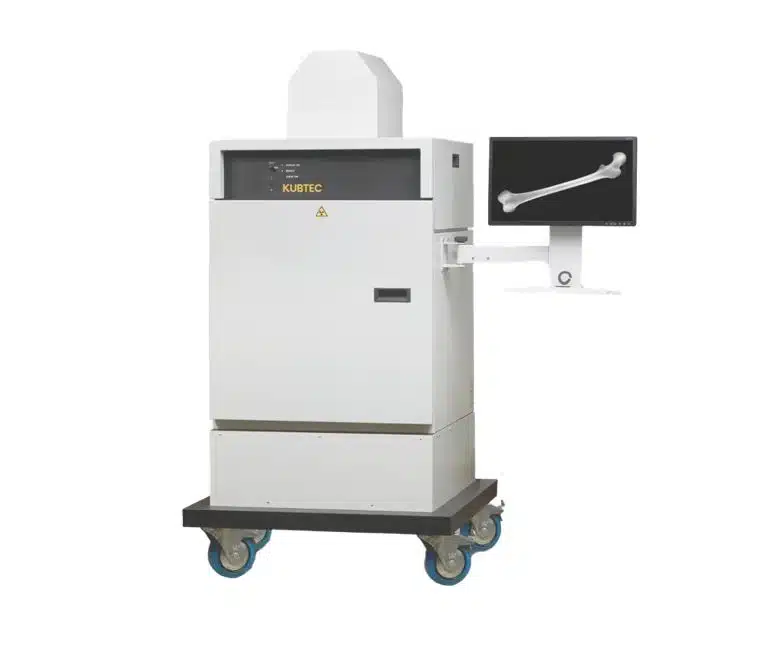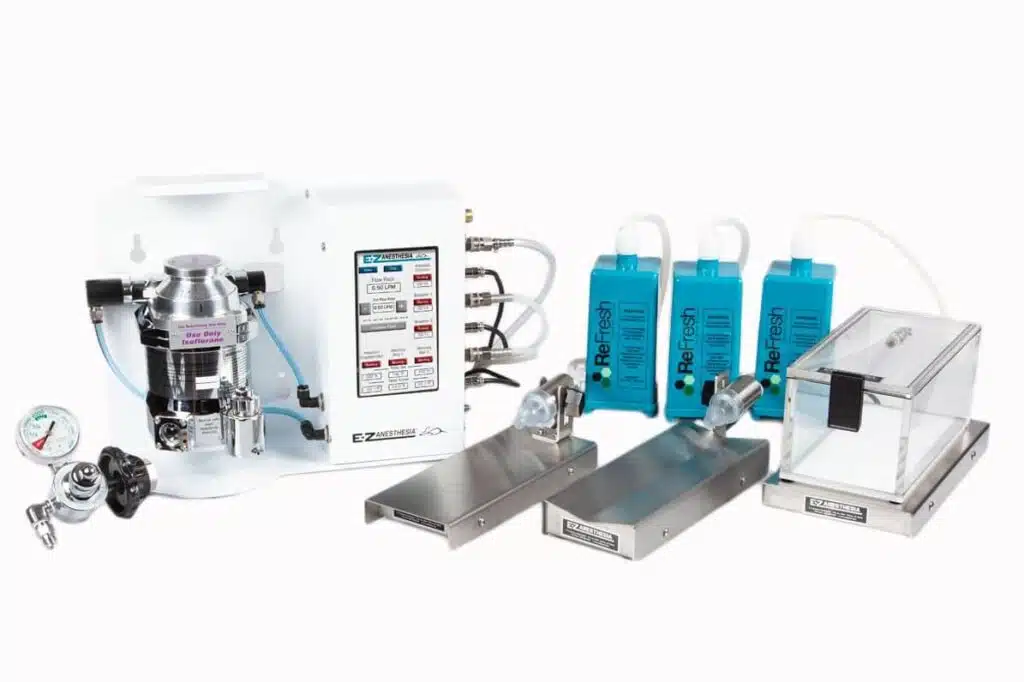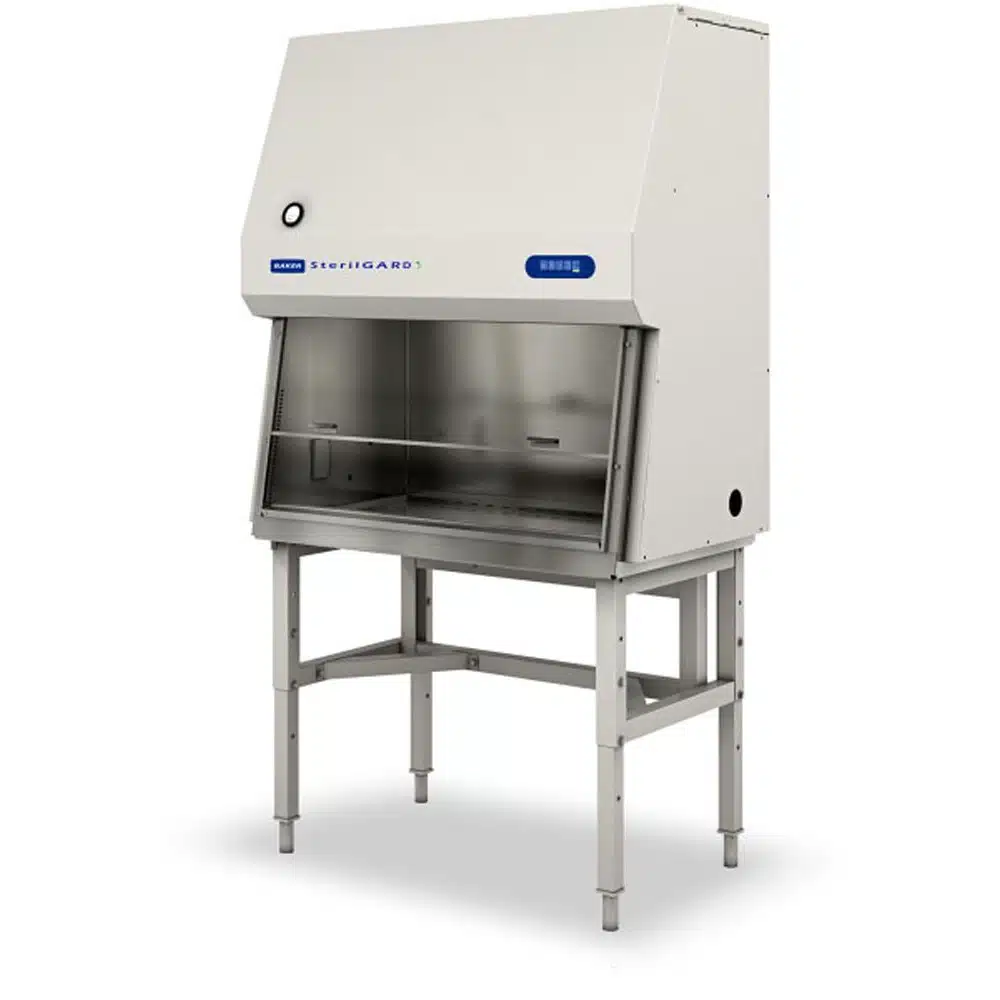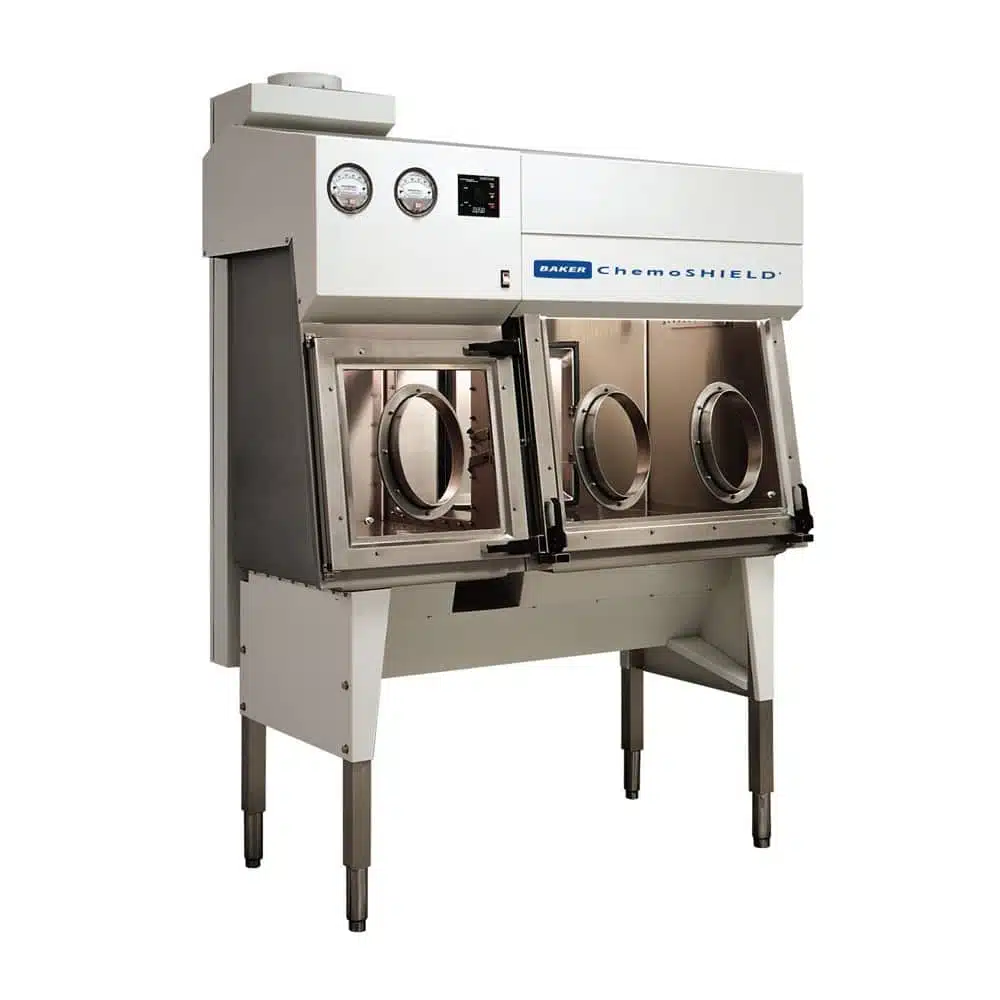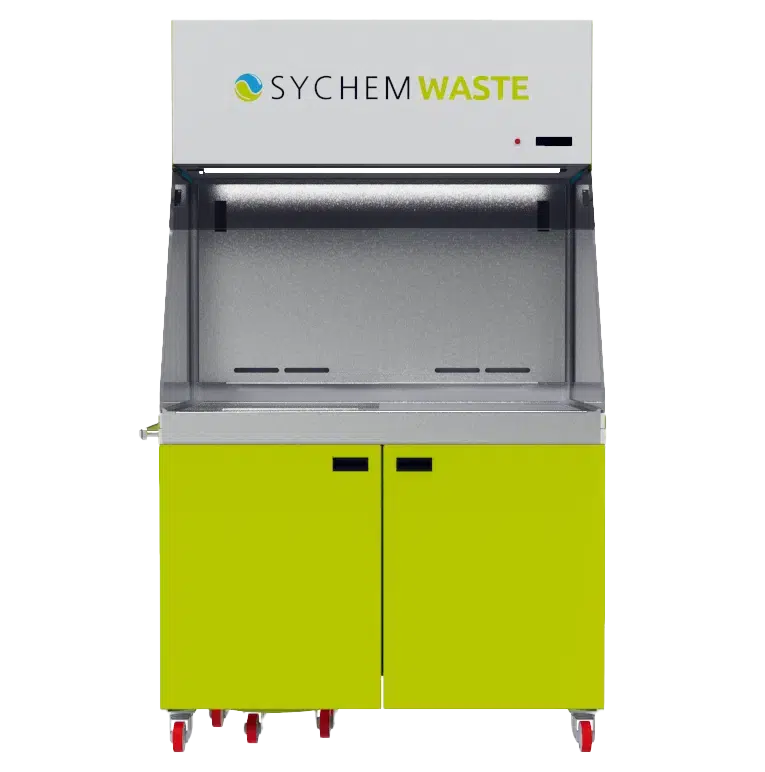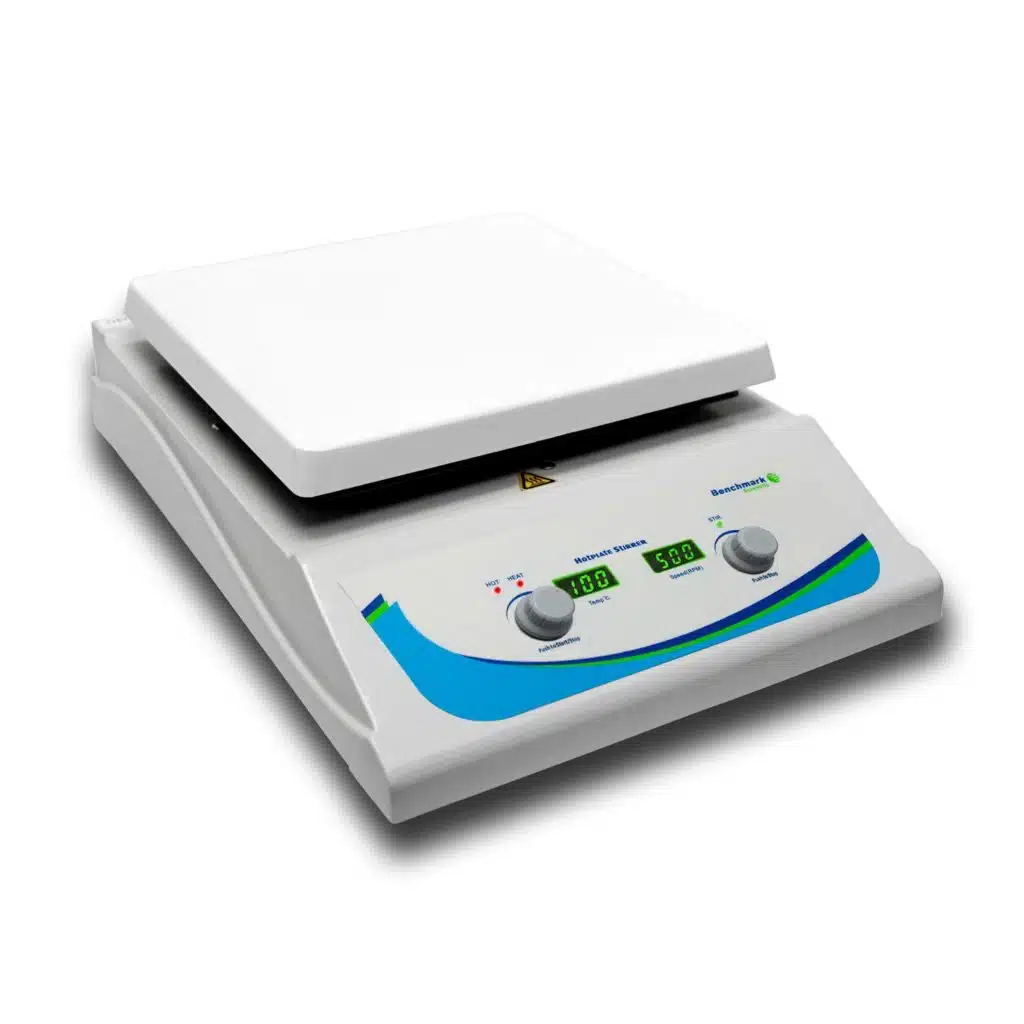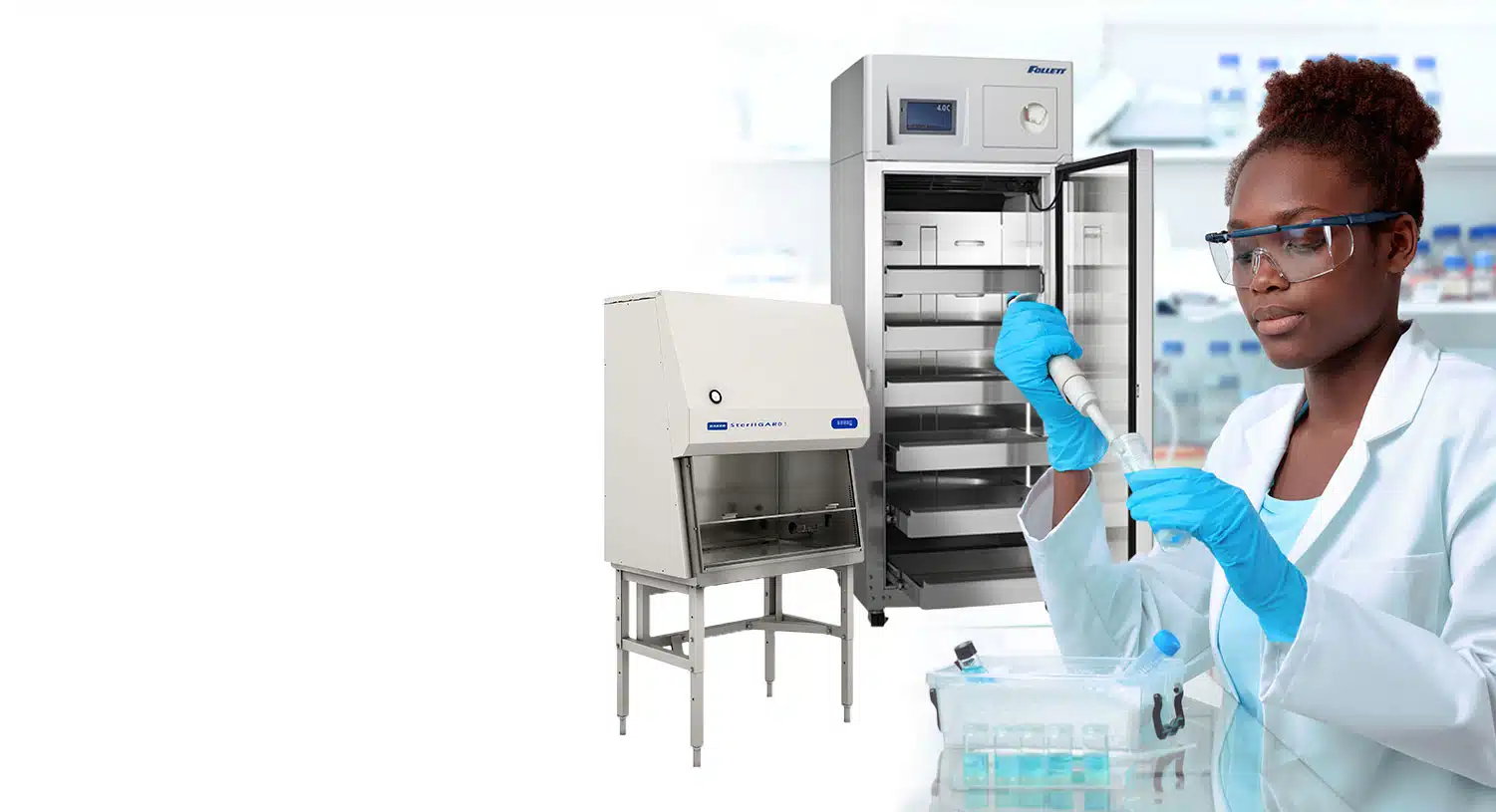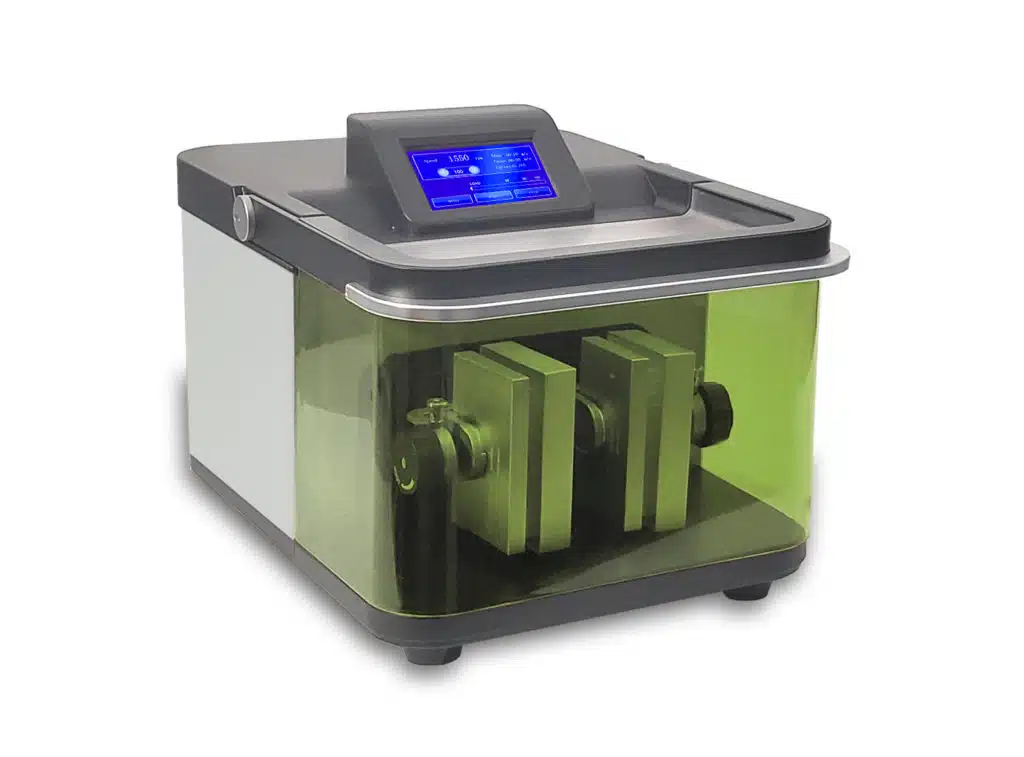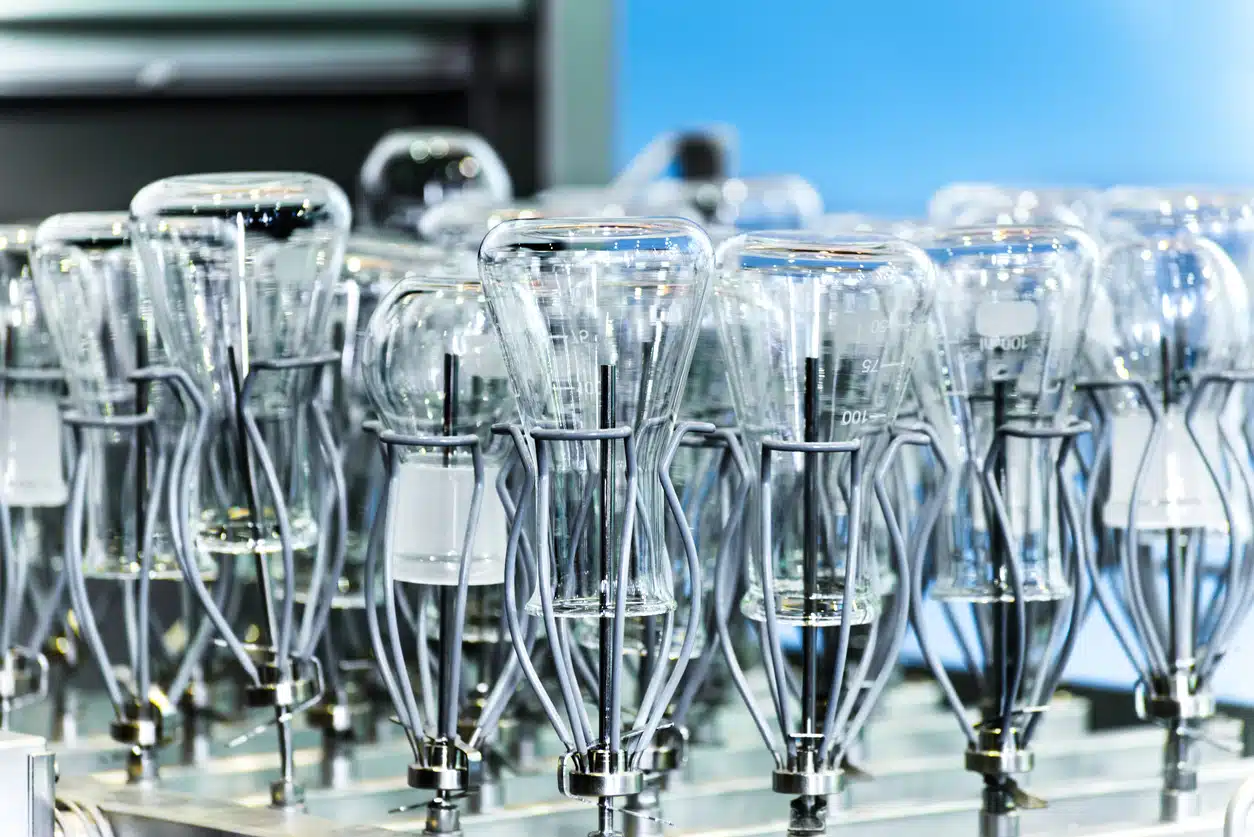Zebrafish have steadily risen in prominence as a model organism and now play an important role in scientific research. Especially in the domain of understanding genetic causes of human diseases, zebrafish are gaining unprecedented attention. With more than 70 percent of human genes found in zebrafish and their capacity to produce between 50 to 300 eggs simultaneously, the importance of these small aquatic creatures cannot be overemphasized. Consequently, their laboratory habitats – the zebrafish tanks – are integral to the success of the research conducted.
The Role of Water Quality in Zebrafish Research
Zebrafish, often employed as model organisms in scientific studies, have recently garnered significant attention in the research community. While the spotlight is typically reserved for the research results , a less-discussed, yet fundamental factor in the research is water quality. An optimum aquatic environment is essential for zebrafish health and the accurate outcome of experiments.
Unsuitable water can severely jeopardize zebrafish health and impact research outcomes. Poor water quality can lead to a stress-induced environment, which increases susceptibility to diseases and affected breeding conditions.
Beware of Ammonia and Nitrite Toxicity
Two concerns when maintaining water quality are ammonia and nitrite. Both compounds have a track record of endangering fish health. While ammonia is a preliminary byproduct of the nitrogen cycle and accumulates more prominently in new systems or overstocked tanks, nitrite surfaces subsequently and is equally hazardous. However, a biological filter system, combined with proper husbandry, can mitigate their levels. Overfeeding, another common practice, must be carefully monitored to avoid an increase in nitrates, which can hamper breeding and longevity.
Temperature Matters
Zebrafish’s eurythermal nature allows them to endure varied temperatures. Yet, maintaining an optimal temperature of 28 degrees Celsius/(82.4F) ensures their metabolism stays active and breeding occurs at a steady rate. Any deviations from this can have unwarranted repercussions on their overall health.
The Perils of Phosphates
Elevated phosphate levels, primarily resulting from excessive feeding, is a growing concern. High phosphate levels can be a breeding ground for algae. Not only does algae growth impede visibility, making daily monitoring a challenge, but it also can introduce potential contaminants.
Potential Contaminants: Copper and Chlorine
External contaminants, like copper and chlorine, can wreak havoc on zebrafish health. Copper, even in minuscule amounts, can reduce the zebrafish’s immune response, rendering them more susceptible to diseases. Furthermore, it can hinder sexual development, leading to reduced egg production and lower progeny survival rates.
Chlorine, commonly present in municipal water supplies, is acutely toxic to most fish. Its symptoms manifest as necrosis of the gills, leading to respiratory issues and potential asphyxiation. Establishing an effective dechlorination process and regular chlorine analysis are mandatory for zebrafish maintenance.
System Maintenance for Zebrafish: Ensuring Optimal Health and Environment
Zebrafish are often used in research studies because of their genetic similarity to humans and require meticulous care. To keep them in peak condition, it’s crucial to maintain a clean environment in an optimized aquarium system. Below is a comprehensive overview of the integral steps in system maintenance.
1.Regular Filter Changes
For optimal water flow and cleanliness, changing system filters frequently is paramount. This avoids interruptions in water cycling due to blocked pipes, which, if encountered, can be cleared by using increased water pressure.
2.Daily Water Replacement
To ensure the best water quality, it’s recommended to replace about 10 percent of the system’s water daily. Alternatively, water can be substituted when changing the canister or carbon filter, which simultaneously cleans the connecting pipes of accumulated dirt.
3.Regular Water Quality Checks
Don’t overlook routine assessments of water quality either. Key parameters to track include alkalinity, pH, temperature, hardness, ammonia, dissolved oxygen, salinity, and conductivity. At a minimum, monitoring nitrate, pH, and temperature is essential. Notably, nitrate levels should ideally be kept below 50 mg/L. If levels increase, they can be counteracted by introducing fresh water into the circulating water.
4.Watch Out for Filter Leaks
Always be vigilant for possible leaks after filter changes. In cases where water flow from the main reservoir gets obstructed, potentially due to a filter change or a pump replacement, the flow can be revived by momentarily loosening or removing the filter. This action releases any generated vacuum in the pipes.
5.Filter Change Indicators
The frequency for filter replacements varies based on several factors, including the overall biological load, cleanliness of other filters, and dirt accumulation in pipes. So if filters look dirty or water supply appears compromised, take immediate action.
6.Net Decontamination
To prevent contamination, clean fish nets with 70 percent ethanol. After rinsing with water, allow them to dry fully before reuse. This step ensures the evaporation of ethanol, which could otherwise harm the fish.
7.Water Source Considerations
While many zebrafish systems employ dechlorinated tap water, others might use deionized water. It’s important to maintain water conductivity between 300 and ~1,500 μS to minimize the energy fish expend on preserving body salts. As a result, deionized water alone is unsuitable unless supplemented with salts to reach optimal conductivity levels.
8.Copper Concentration Concerns
When utilizing tap water, there’s a potential risk of elevated copper concentrations since the carbon filter doesn’t extract copper. Consequently, it’s vital to periodically test for copper and to circumvent copper piping wherever feasible.
A Comprehensive Guide to Manual Tank Cleaning for Zebrafish
In the world of aquatic research, zebrafish have emerged as an indispensable model organism. For the researchers at the facility, ensuring the well-being of these fish goes beyond merely feeding them. An integral, yet labor-intensive, component of zebrafish husbandry is the rigorous cleaning and disinfection of their tanks.
Scheduled Cleaning
At this specific facility, the tanks are cleaned meticulously every 5 to 6 weeks. This schedule strikes a balance between maintaining a healthy environment and minimizing disruptions for the fish.
Setting Up a New Environment
Before the cleaning process begins, the researchers prepare a fresh tank. This new tank is filled with fish water drawn from the rack. They ensure that all essential labels from the older tank are accurately transferred to the new one, keeping records consistent.
Gentle Transfer of Zebrafish
Transferring the zebrafish is a task approached with great care. The researchers move slowly and gently to prevent any harm or stress to the fish. Once safely relocated to the new tank, immediately replace the lid on top because zebrafish have a tendency to jump out.
Deep Cleaning the Former Tank
With the zebrafish settled in their new environment, attention shifts to cleaning the old tank. The dishes from this tank are first cleaned of debris using a soft cloth or sponge, after which they’re submerged in a 10 percent bleach solution for disinfection. Given the potential hazards of bleach to aquatic life, the dishes are thoroughly rinsed with tap water post-bleaching. To ensure complete neutralization of any lingering bleach, the dishes are briefly placed in a sodium thiosulphate bath. A concluding rinse and drying process ensures the dishes are ready for reuse. If they’re needed immediately, they undergo an additional rinse with reverse osmosis water to eliminate traces of chlorine.
Tank Visibility: Scrubbing
Over time, algae can accumulate on the internal surfaces of tanks, reducing visibility. Scrubbing ensures that these tanks remain clear. Special scrubbers, made of Plexiglas handles fitted with heads crafted from Scotch Brite Pads, are utilized for this purpose. The heads are tightly fit over the handles and are unique to each tank size. Once used, like siphon tips, these scrubbers need to be sterilized through bleaching. The scrubber heads can be autoclaved, making them safe for reuse.
Thorough Cleaning of Vacant Tanks
Whenever a tank is devoid of fish, a deep cleaning and sterilization process ensues. This starts with draining and emptying the tank of any non-permanent fixtures. The tank’s components, including the lid and water fittings, are scrubbed and cleaned meticulously. Extra care is taken while cleaning to prevent any damage, especially to the silicon water seals.
Once cleaned, the tank must be sterilized. The tank and its components are immersed in a bleach solution to sterilize them. Depending on the tank’s capacity, the bleach quantity varies. This bleach treatment extends overnight to ensure comprehensive disinfection. The following day, thorough rinsing takes place, first with tap water followed by distilled water. The tanks are then left to dry. Post-drying, they’re reassembled, filled with system water, and left overnight, ensuring a hospitable environment before reintroducing fish.
Turning the Tide: From Manual to Automatic Tank Cleaning
Over the years, zebrafish research has demanded the utmost precision, not only in the study itself, but also in the ancillary tasks that surround it. Among these tasks, maintaining pristine tank conditions stands out, given its direct impact on the wellbeing of the zebrafish and, by extension, the credibility of the research. Traditionally, manual washing has been the go-to solution, characterized by scrub brushes, bleach solutions, and the meticulous hands of researchers ensuring cleanliness. But as research scales and the demand for consistency grows, it becomes evident that manual methods, while tried and true, may no longer suffice. This shift in perspective opens the door to a new, advanced horizon: automatic tank cleaning. With automation, not only is consistency achieved, but efficiency, sustainability, and reliability also come to the forefront, heralding a new era in zebrafish research.
Why Clean Tanks are Essential for Zebrafish Research
Zebrafish tanks are controlled environments that keep these sensitive creatures healthy and hyperactive. Ensuring these tanks are free from chemicals, bacteria, and other contaminants is one of the most important aspects of zebrafish research.
Traditional tank cleaning methods, while widely used, come with their set of challenges. Scrubbing by hand, using bleach solutions and rinsing manually not only consumes a lot of time, but also is susceptible to human errors. This inconsistency can lead to toxic residues lingering in the tanks, putting the entire zebrafish colony at risk. This draws attention to the pressing need for an automated solution that can guarantee consistent, thorough cleaning of these tanks.
Automated Tank Washing: A Game-changer in Zebrafish Research
Enter automated laboratory-grade tank washing systems, a revolutionary solution tailored for zebrafish tanks. Rooted in a harmonious blend of mechanical action, the right choice of detergent, precise temperature settings, and time management, this system is a significant leap from manual cleaning or residential dishwashers.
These units are capable of a detergent-free, thermal disinfection rinsing program and have been tested with surfactant-free detergent. Their dedication to providing an impeccable solution is evident from the specially designed zebrafish bundle packages available in the market.
Unpacking the Benefits
- Consistency in Cleaning: With specialized cleaning agents and optimized washing programs, every tank cleaned undergoes a precise sequence of washing and rinsing, ensuring consistent results. The introduction of a hot wash program and final deionized water rinse further establishes the reliability of the cleaning process.
- Time and Cost Efficiency: Although investing in an automated cleaning system might seem hefty, the long-term return on investment is clear. By eliminating the inconsistencies of manual cleaning and reducing labor and resource costs, the system pays for itself over time. Features such as high circulation rates, powered by hot water, considerably reduce the overall cycle duration, making the process faster and more efficient.
- Sustainability – a Step Toward a Greener Tomorrow: Manufacturers’ commitments to sustainability are reflected in their products. From using recycled materials in production to aiming for a substantial reduction in their carbon footprint, eco-friendly initiatives are commendable. Some top-tier washers even carry green credentials, ensuring their alignment with sustainability goals.
Conclusion
In the intricate world of zebrafish research, ensuring pristine conditions is important for consistent, reliable outcomes. ARES has established itself as a beacon of expertise in this realm, providing state-of-the-art zebrafish tank washing solutions. By offering automated washers from industry leaders like Miele and Steelco, ARES ensures precision, efficiency, and reliability in tank cleaning processes. Regardless of the scale of your zebrafish research operation, ARES’s diverse range of automatic washers is tailored to meet your needs, further reinforcing their commitment to fostering excellence in the field. Entrusting your zebrafish tank cleaning to ARES not only streamlines your research workflow, but also guarantees an environment where your zebrafish colonies can thrive, leading to superior research outcomes.






















